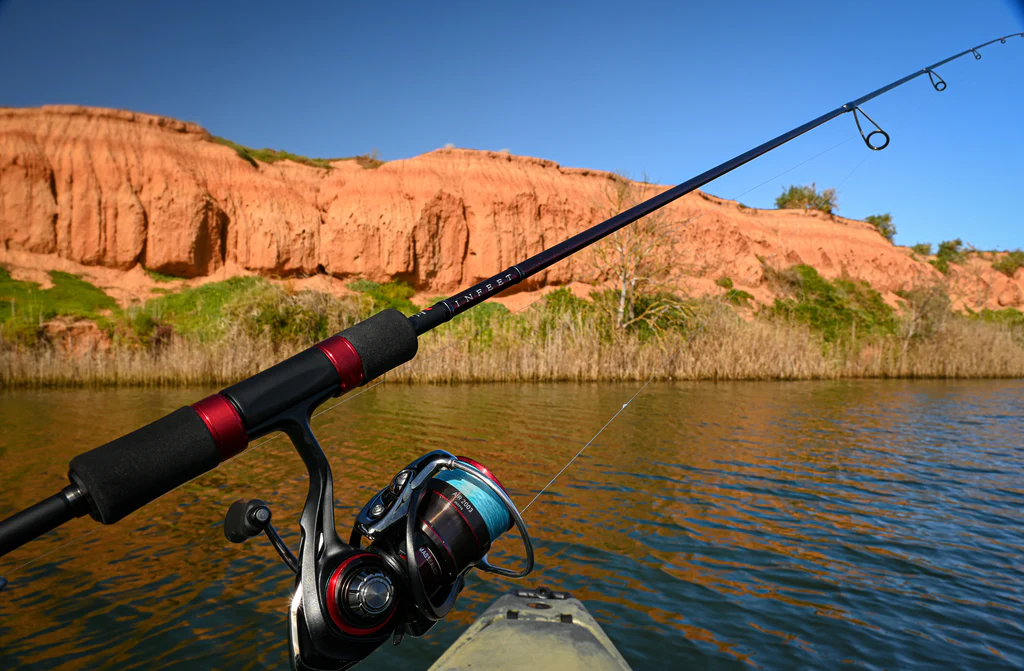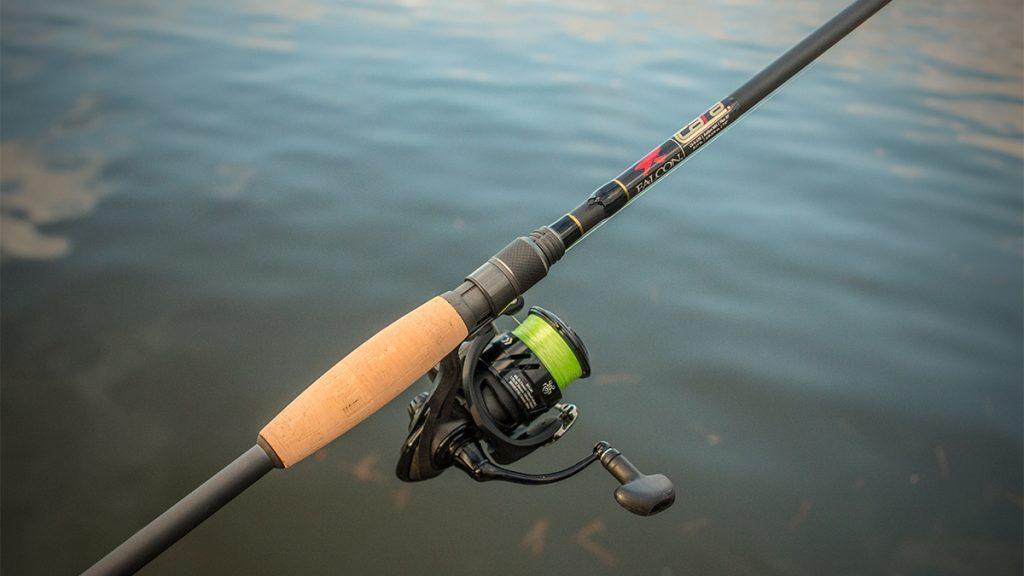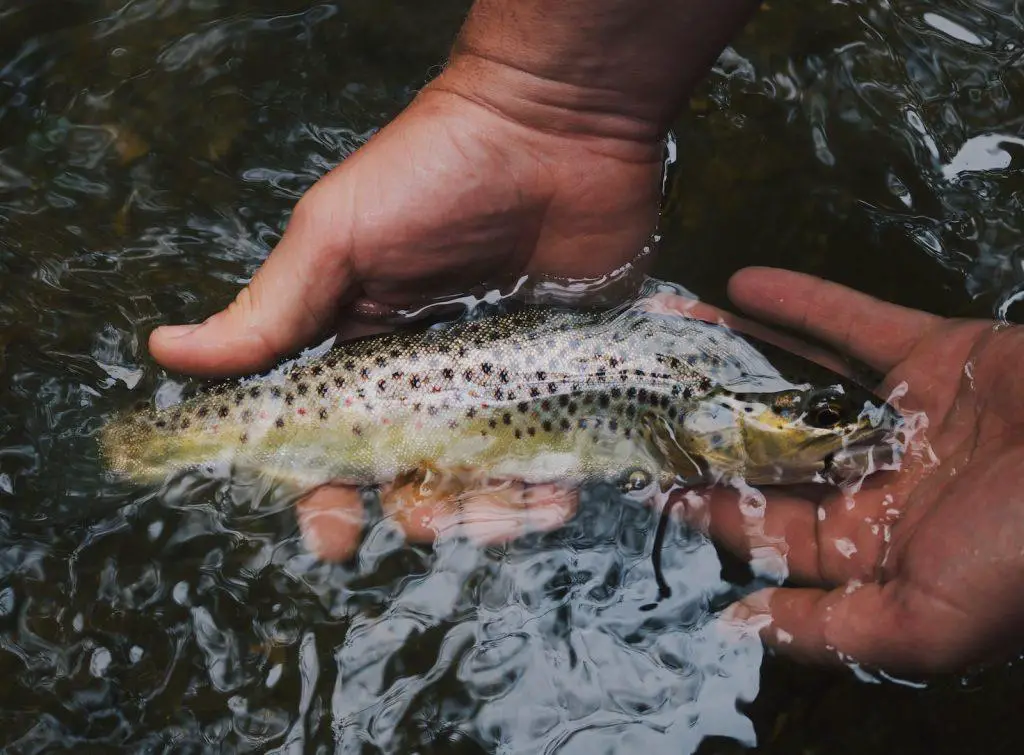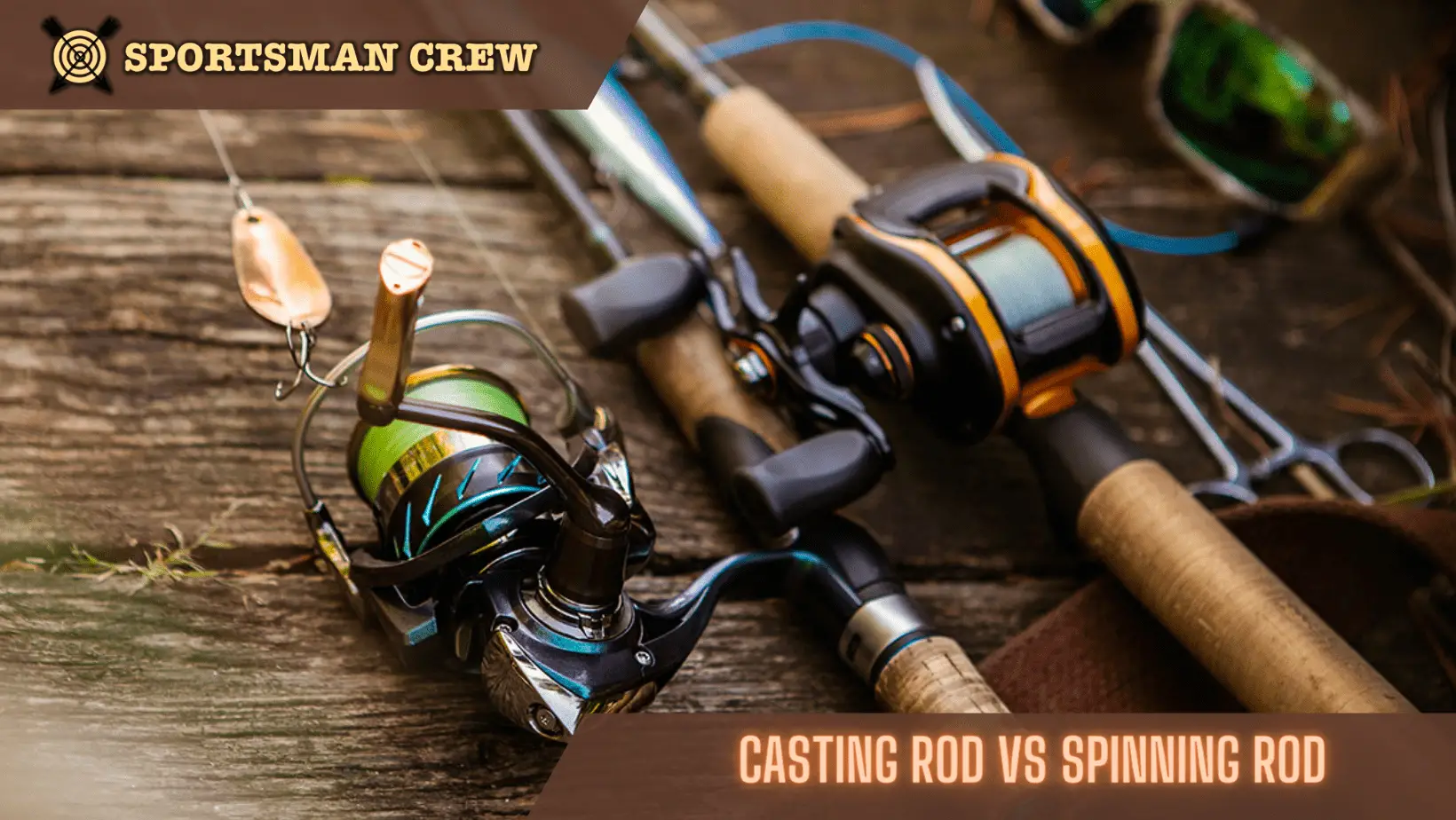A popular and simple hobby that may bring hours of enjoyment and relaxation is fishing. Whether you’re a seasoned fisher or a novice, one of the greatest decisions you’ll have to make when selecting your fishing gear is whether to use a spinning rod or a casting rod.
To assist you in selecting the ideal rod for your fishing needs, this article will provide a thorough analysis of the differences between the two and the benefits and drawbacks of each. Also check out our article on the best fishing poles and the best trout fishing lures.
Table of Contents
What is a Casting Rod?

A fishing rod type known as a casting rod is used to cast lures, bait, and other fishing gear toward a target region. Due of its ability to cast bait and lures farther and more precisely than a spinning rod, this rod is typically more adaptable.
The larger eyelets and guides on casting rods, which are typically longer than spinning rods, enable them to accommodate heavier fishing line. A casting rod is preferred by many anglers because it allows them greater control over the amount and location of the castable line.
Anglers should think about the kind of fish they want to catch, the kind of bait or lure they’ll be using, and the kind of water they’ll be fishing in before choosing a casting rod. For instance, the optimum choice may be a medium-action rod with a modest power rating if you are pursuing bass in a lake. Similar to this, a light-action rod with a rapid power rating would be more appropriate if you’re pursuing little panfish in a shallow river.
When choosing a casting rod, a number of aspects should be taken into account. How far you can cast and how much control you have over the line depend on the length of your rod. Casting performance will also be influenced by the type of rod guides and eyelets used; titanium or ceramic rod guides are typically stronger and more effective than aluminum rod guides.
Last but not least, the kind of handle that is attached to the rod can also affect performance; many anglers favor a cork handle for its light weight and comfortable grip.
What is a Spinning Rod?

A fishing rod used for angling is called a spinning rod. It is made specifically to cast a lure or bait and retrieve it using a spinning reel. Spinning rods typically have longer lengths and better flexibility than other fishing rods, enabling more accurate casting and larger ranges. Additionally, because they are lighter, they are easier to wield for longer periods of time.
Spinning rods come in a variety of lengths and line weights and typically have a moderate to quick action. The split-grip handle found on the majority of them enables increased sensitivity and control. They are often composed of fiberglass or graphite and are intended to be sensitive and light.
The type of fishing you will be doing is crucial when selecting a spinning rod. For instance, a heavier rod will be necessary if you want to cast larger lures for smallmouth bass. On the other hand, you’ll need a lighter pole to throw smaller lures if you want to capture panfish. The kind of lures you can use and the length of your cast will depend on the rod’s motion.
Your spinning rod’s performance can be impacted by the type of reel you choose in addition to the rod’s size and action. The majority of spinning reels feature a large spool, allowing for more line capacity and farther casting ranges. The size and weight of the reel should also be taken into account because they have an impact on how well-balanced and manageable the rod and reel combination is during extended fishing trips.
Overall, spinning rods give anglers the adaptability they need to accommodate various fishing circumstances. Anglers can experience the pleasure of casting, retrieving, and capturing their preferred species with the correct rod and reel combo.
The Primary Differences between Casting and Spinning Rods

Two of the most popular types of fishing rods nowadays are casting and spinning rods. The main variations among rod types are in their design, construction, size, and intended usage. Each form of rod has particular advantages and disadvantages of its own.
Casting rods are built with precision and sturdiness in mind. A casting rod’s conventional configuration consists of a long, straight shaft and a short handle. Along the length of the shaft, metal guides are also present on the rod. The line is guided by these guides, which also keep it from tangling.
For greater strength and sensitivity, casting rods are typically composed of graphite, fiberglass, or other composite materials. They typically range in length from 6 to 12 feet, making them substantially longer than spinning rods. When fishing for bigger, heavier fish, they work best.
On the other hand, spinning rods are made to be flexible and delicate. They often have a longer handle and a shorter, bent shaft. The guides along the shaft are often constructed of ceramic or nylon since the line will drag less with lighter guides. For greater sensitivity and strength, spinning rods are typically composed of graphite, fiberglass, or other composite materials. They typically have lengths between 4 and 8 feet, which is substantially shorter than casting rods. When fishing for smaller, lighter fish, they work best.
Two of the most popular types of fishing rods nowadays are casting and spinning rods. Each kind of rod has its own distinct advantages and disadvantages, with the main variations being in their intended usage, size, design, and manufacture.
Pros and Cons of a Casting Rod vs Spinning Rod
Pros of Casting Rod
- Better accuracy when casting.
- More control over the bait.
- Greater sensitivity to detect bites.
- Ability to cast farther.
Cons of Casting Rod
- Harder to learn and use than spinning rods.
- Not well suited for light lures or bait.
- Less suitable for bottom fishing.
- More difficult to cast in a windy environment.
Pros of Spinning Rod
- Easier to learn and use than casting rods.
- Ideal for light lures and bait.
- Great for bottom fishing.
- Less affected by windy conditions when casting.
Cons of Spinning Rod
- Not as accurate when casting.
- Less control over the bait.
- Lower sensitivity when detecting bites.
- Limited range when casting.
When to Use One Type of Rod Over the Other

It truly depends on the kind of fishing you’ll be doing and the fish you’ll be aiming for when determining what kind of rod to use. It’s crucial to comprehend the distinctions between a casting rod and a spinning rod in order to make your choice.
Generally speaking, a casting rod is heavier, longer, and thicker than a spinning rod. Because it depends on the angler’s arm and wrist for power to deliver the lure or bait to the target region, this style of rod takes greater strength and skill to use. When fishing for huge or agressive fish like bass and pike, casting rods are extremely helpful.
The fisherman has greater control over the line and the bait thanks to the longer and thicker rod, which also makes it simpler to maneuver the bait under and around cover and structure.
Compared to a casting rod, a spinning rod is often lighter, shorter, and thinner. This kind of rod is good for beginning anglers because it is simpler to handle and requires less strength. Additionally, spinning rods are far more adaptable because they may be used for a wide range of fish and fishing methods, including trolling, jigging, and drifting. For smaller or more delicate fish, like trout or panfish, spinning rods are excellent.
In conclusion, the kind of fishing you intend to undertake and the species you intend to target should determine the sort of rod you select. A casting rod is your best option if you’re going after larger or more aggressive fish. A spinning rod is preferable for fishing for smaller or more delicate species.
Conclusion
The decision between a casting rod and a spinning rod ultimately boils down to personal preference. While some anglers favor the casting rod’s precision, others favor the spinning rod’s simplicity and adaptability. The best fishing rod for you will eventually be the one that you feel the most at ease using. Both rods have qualities that make them excellent options for fishing.
